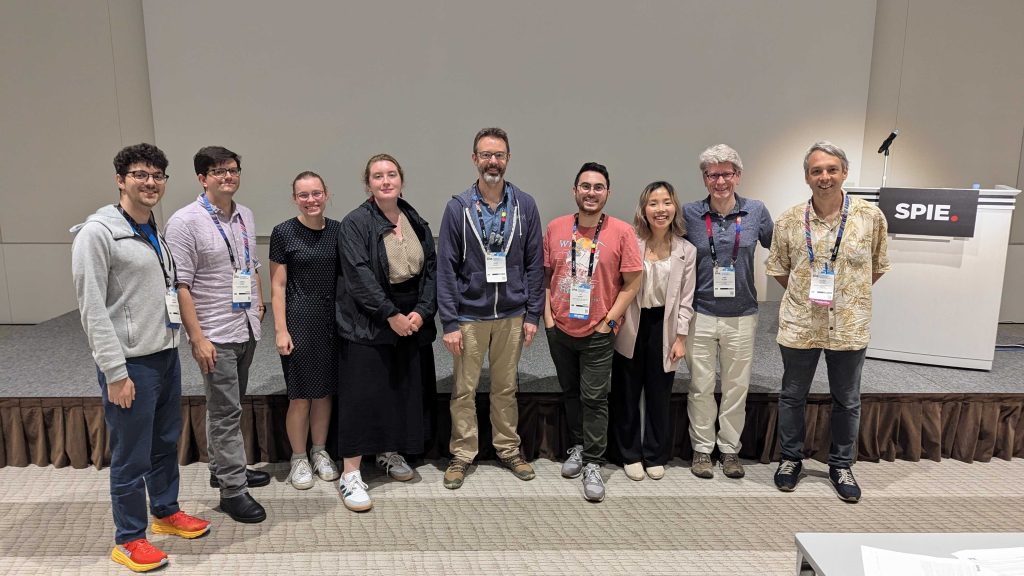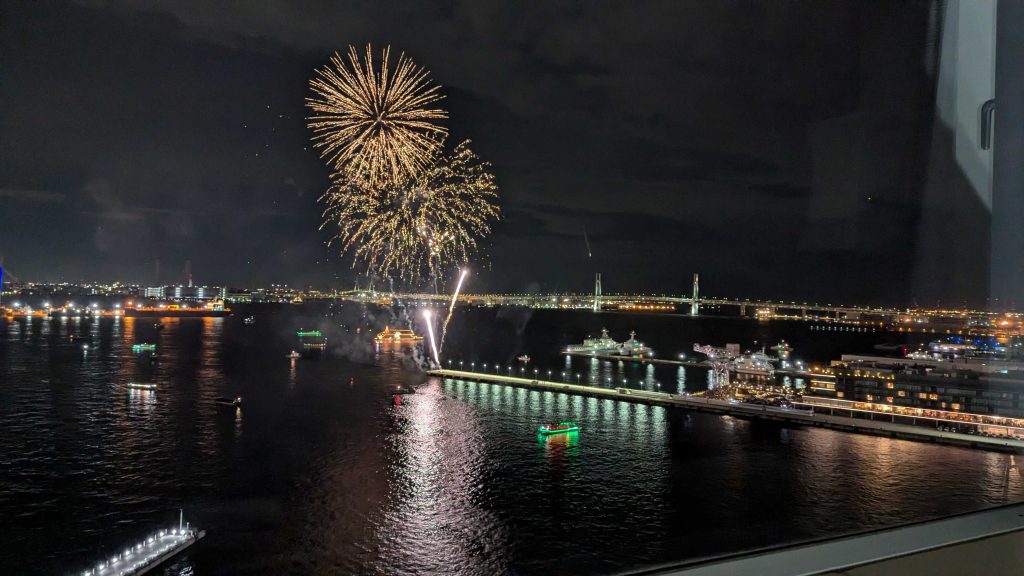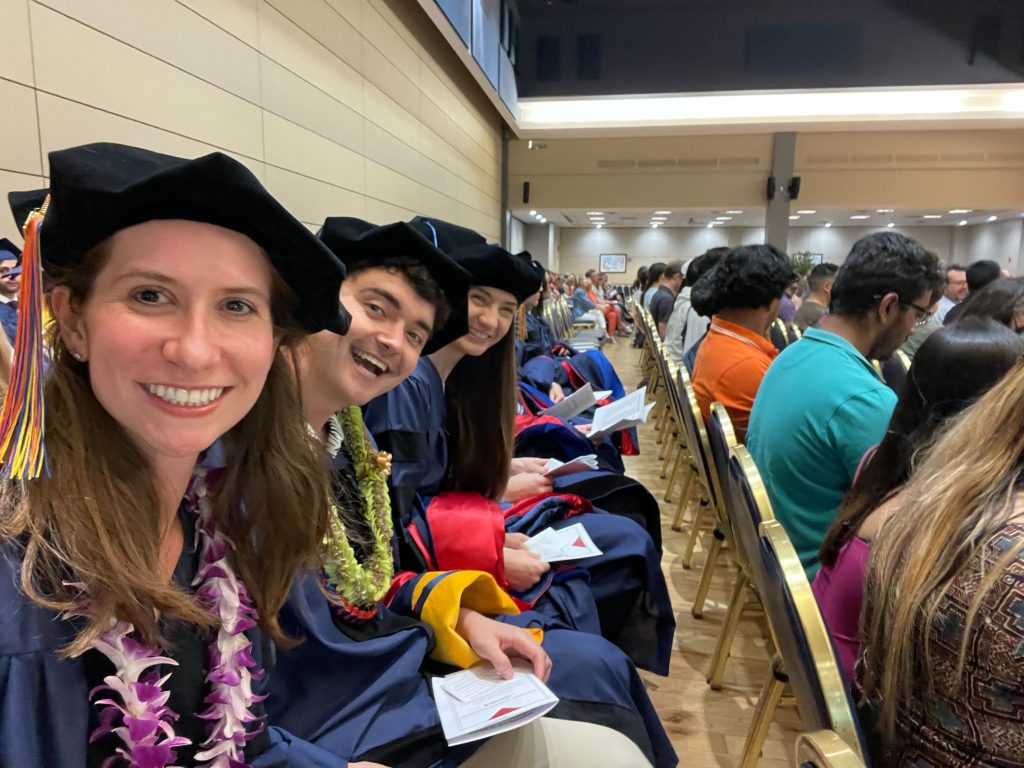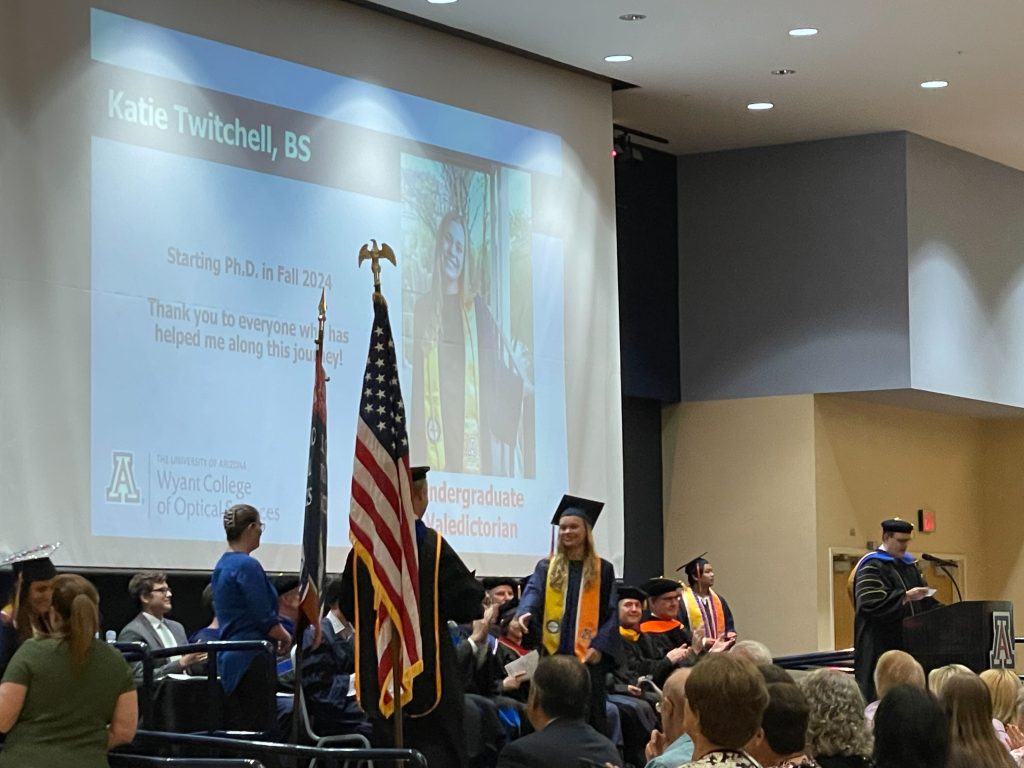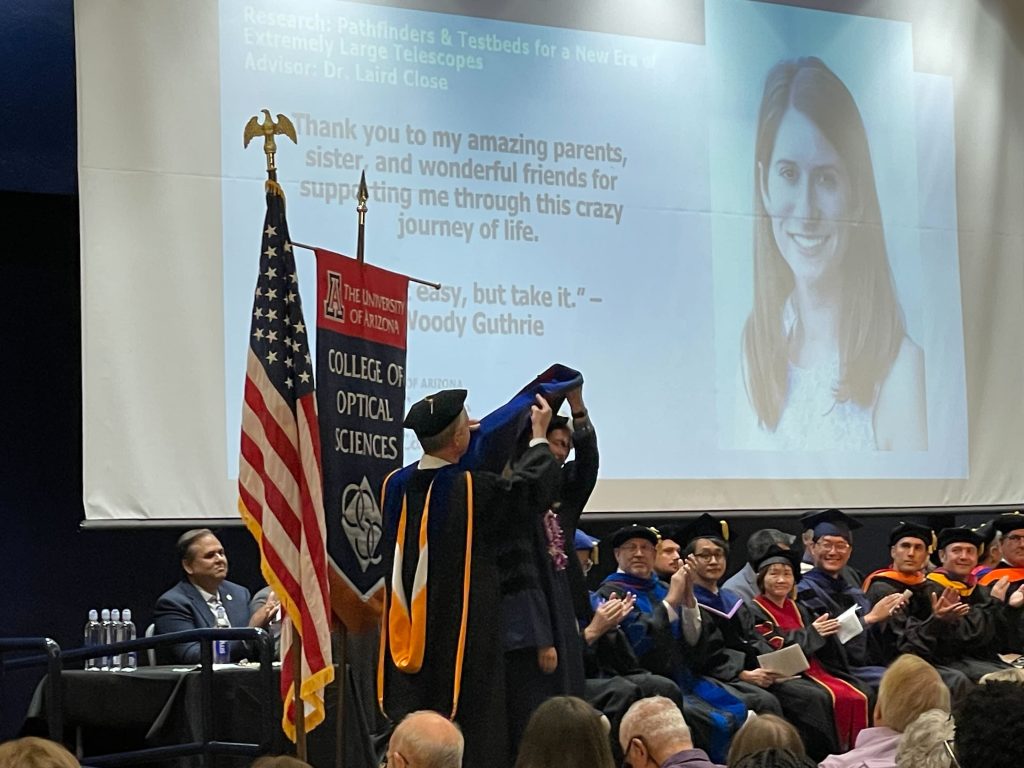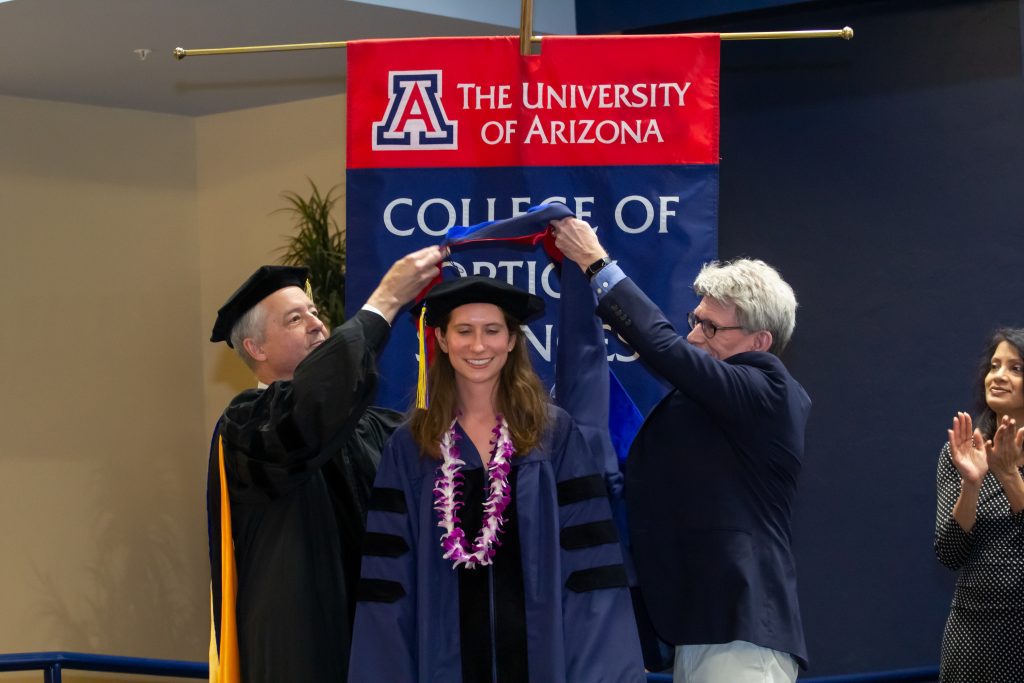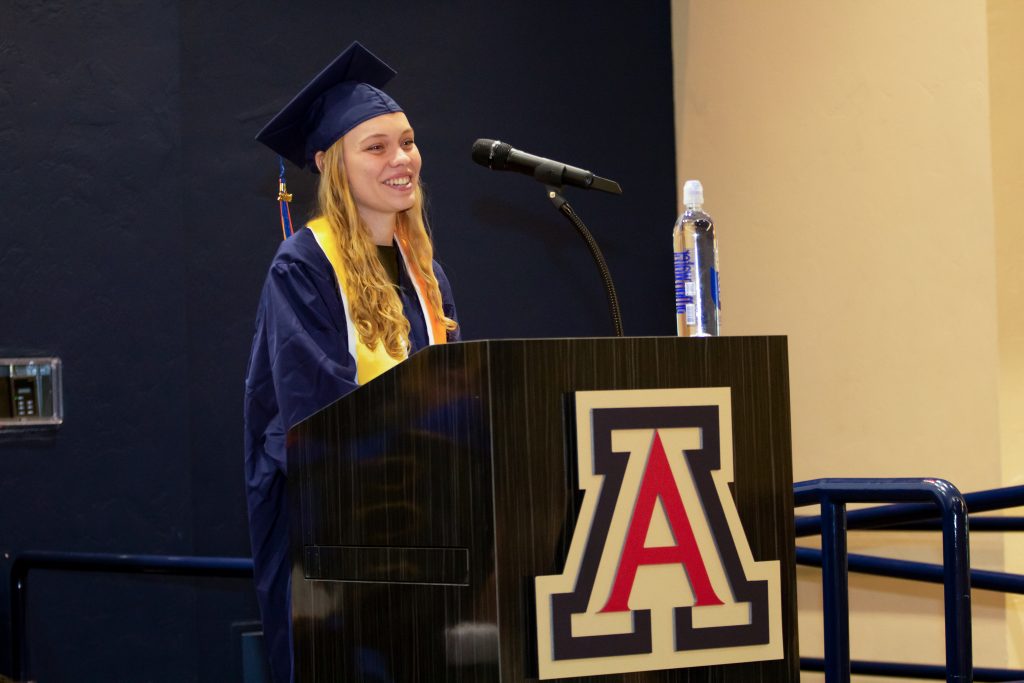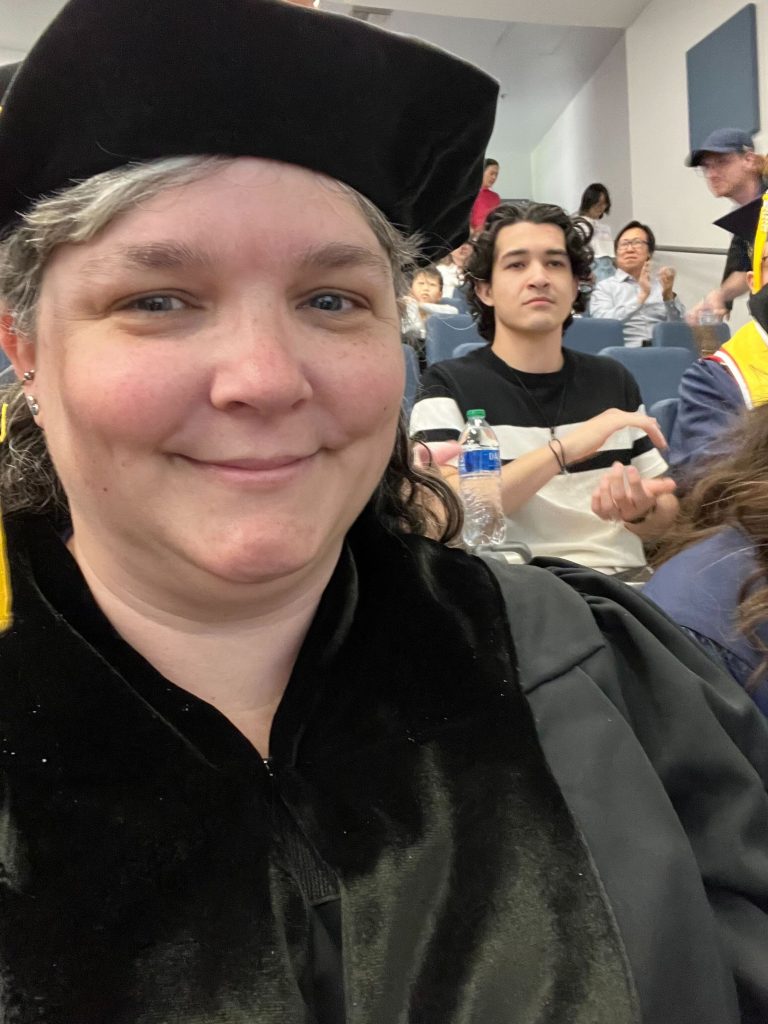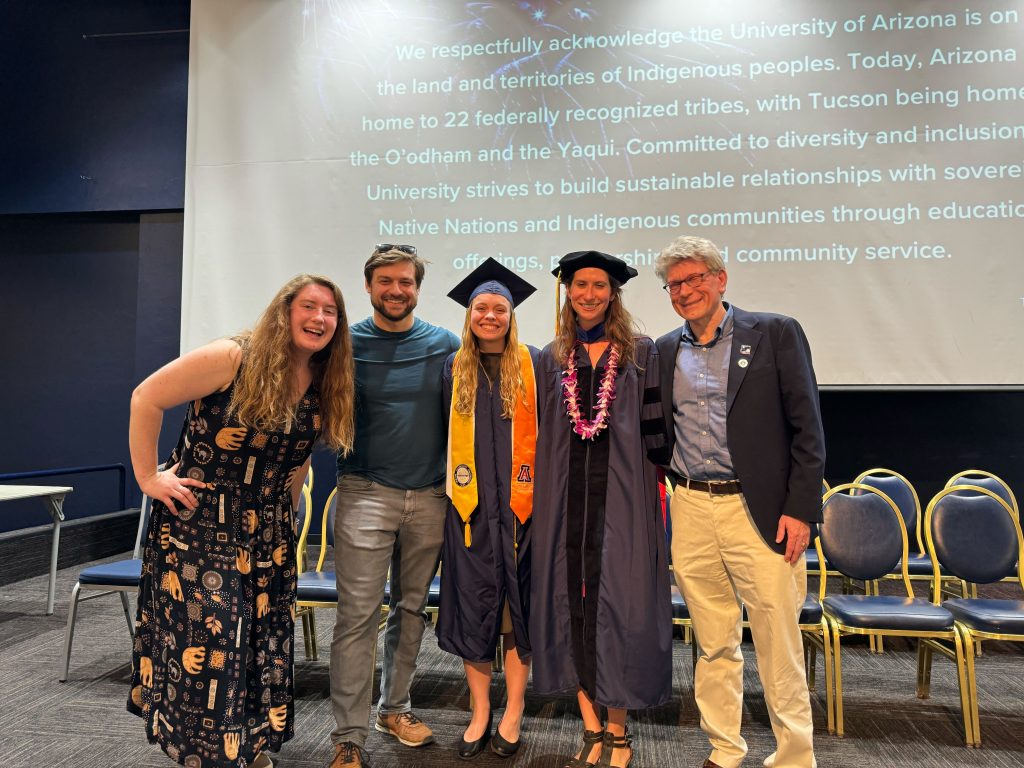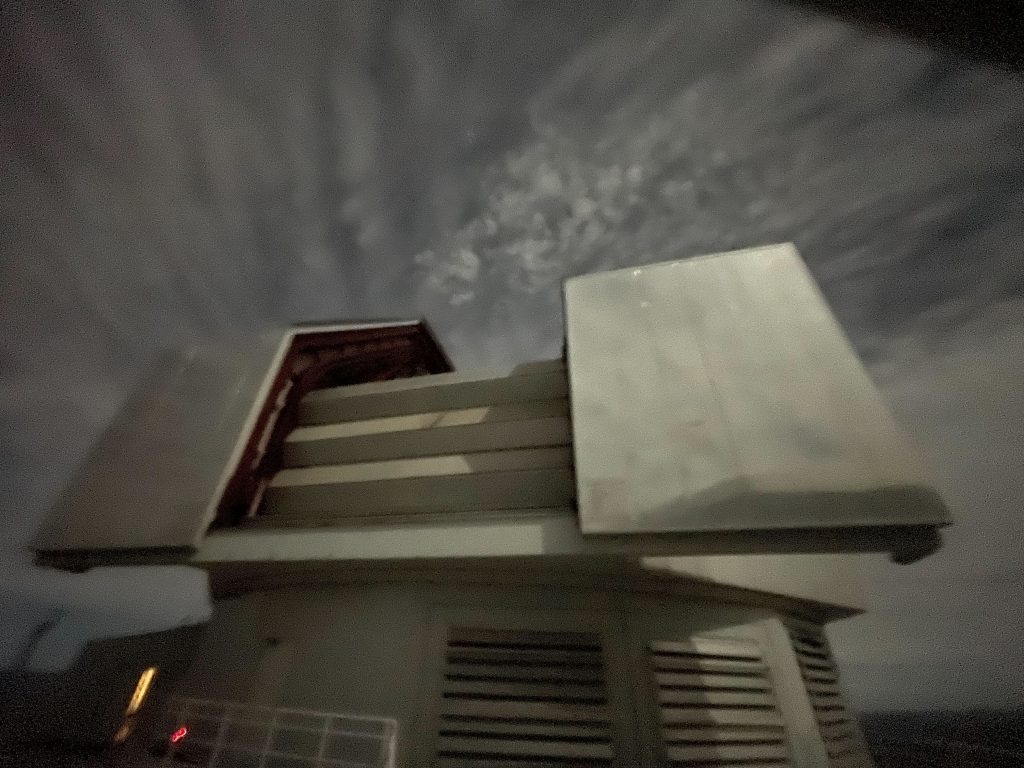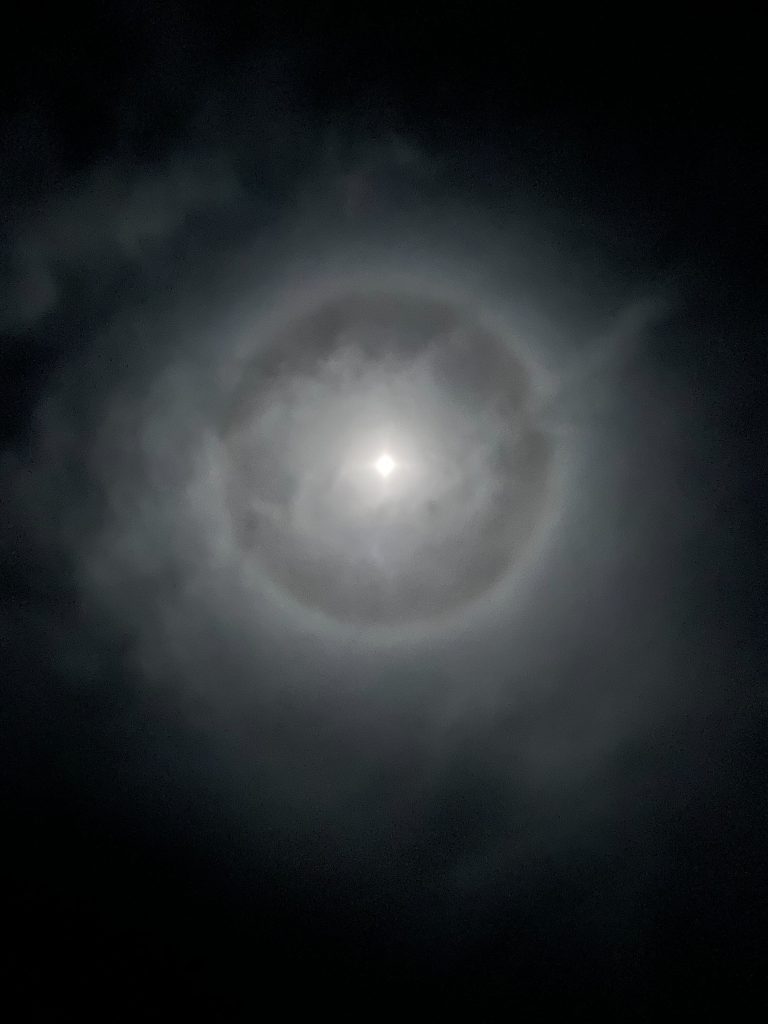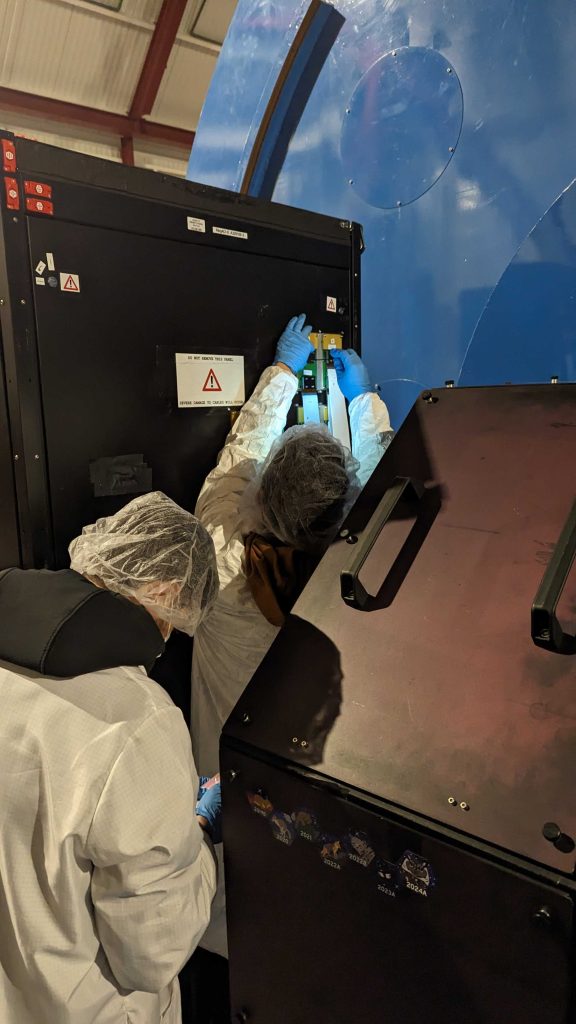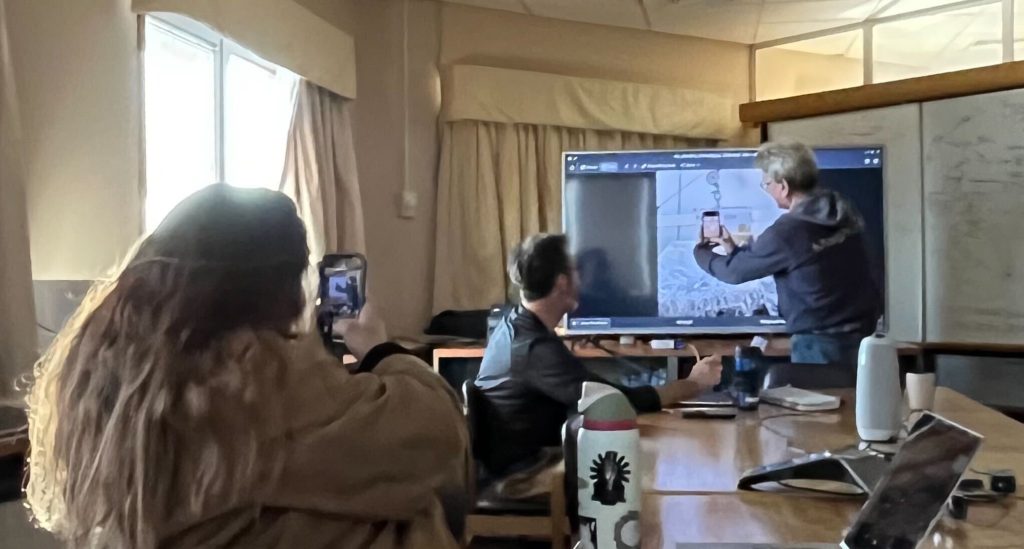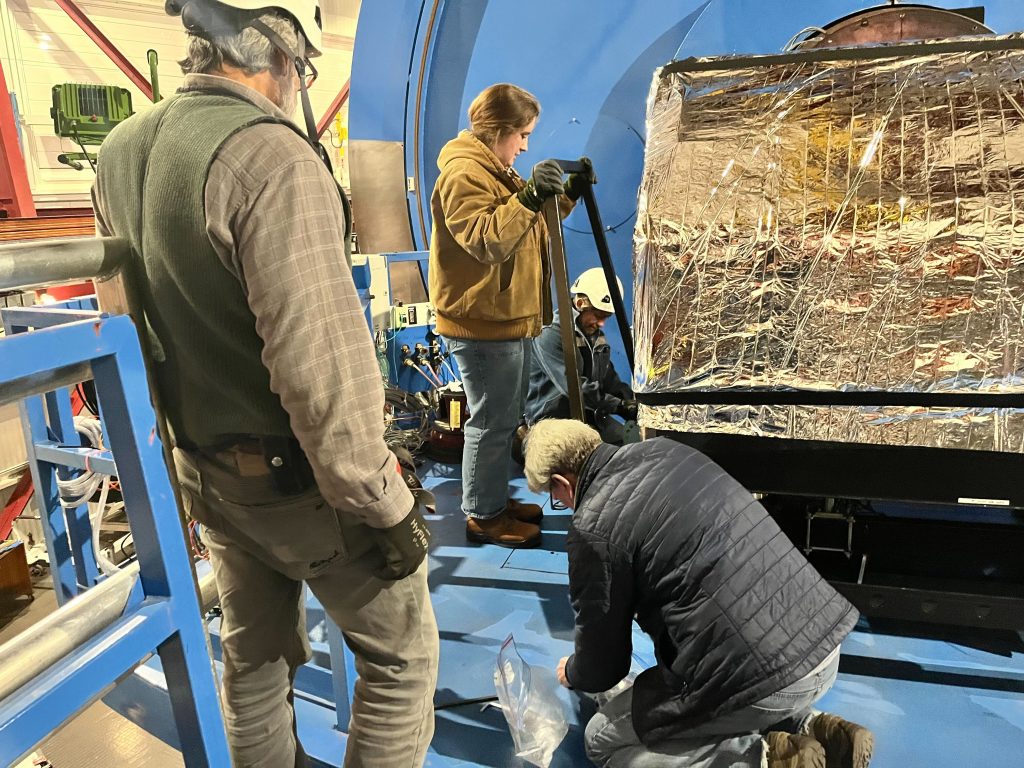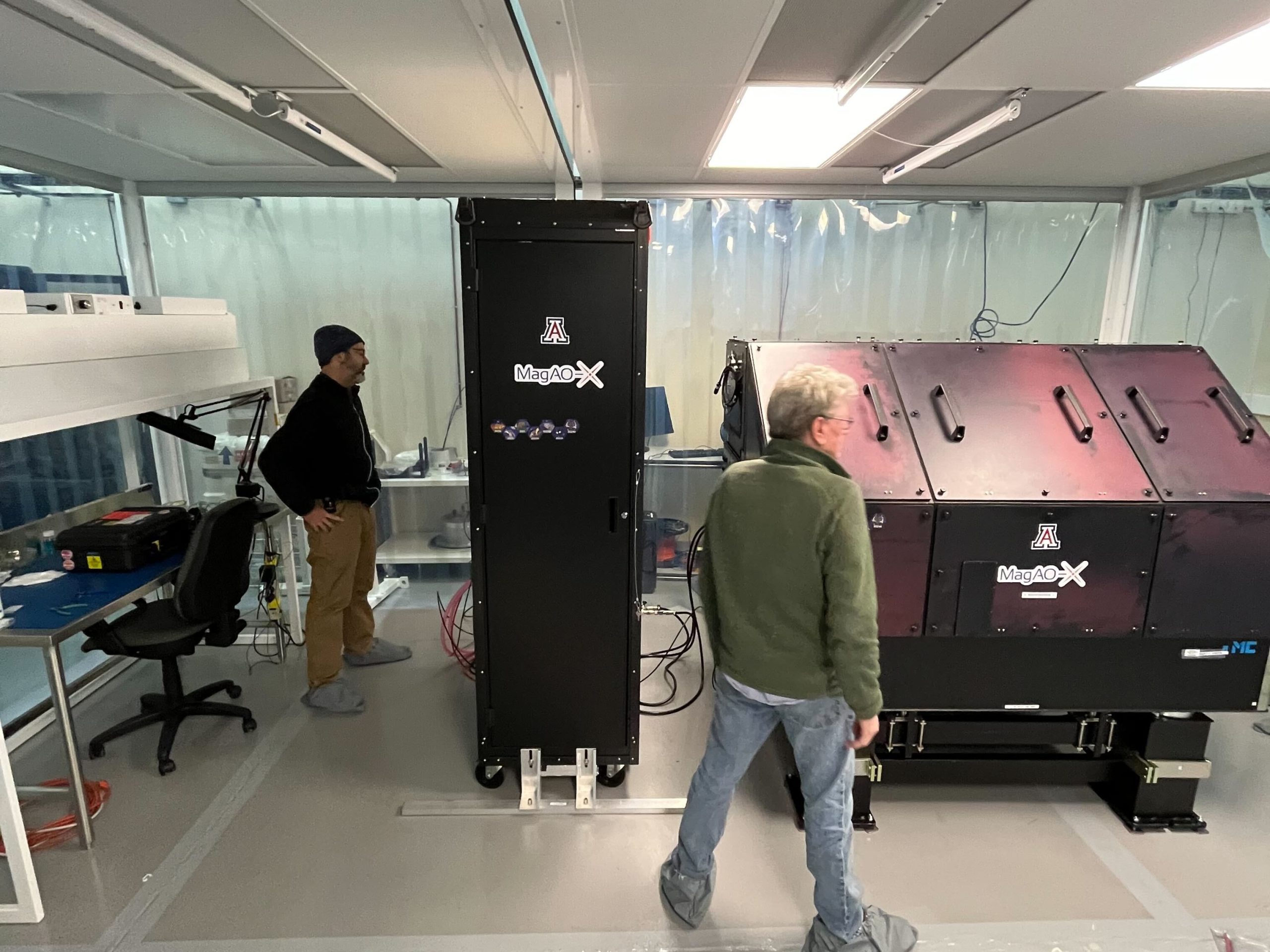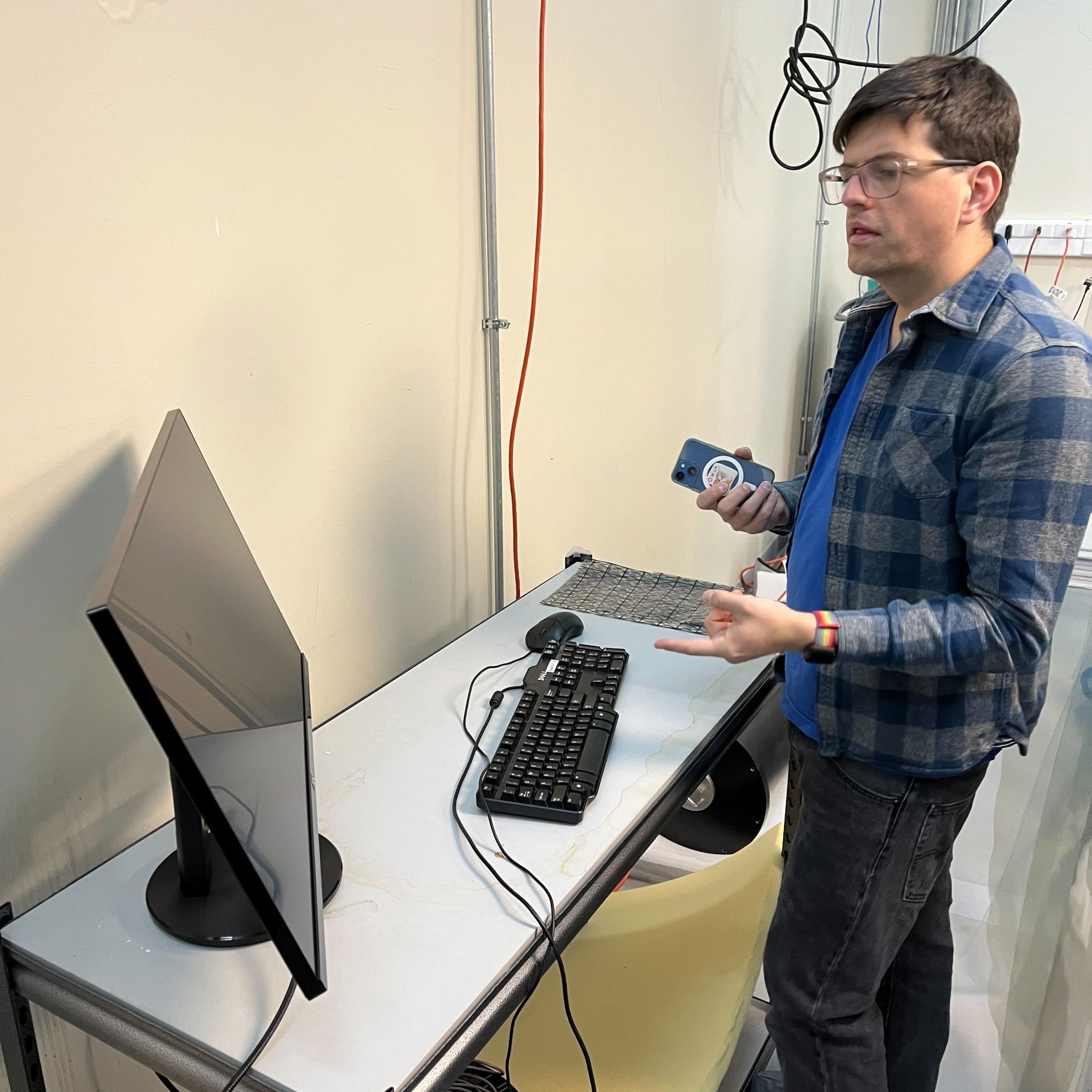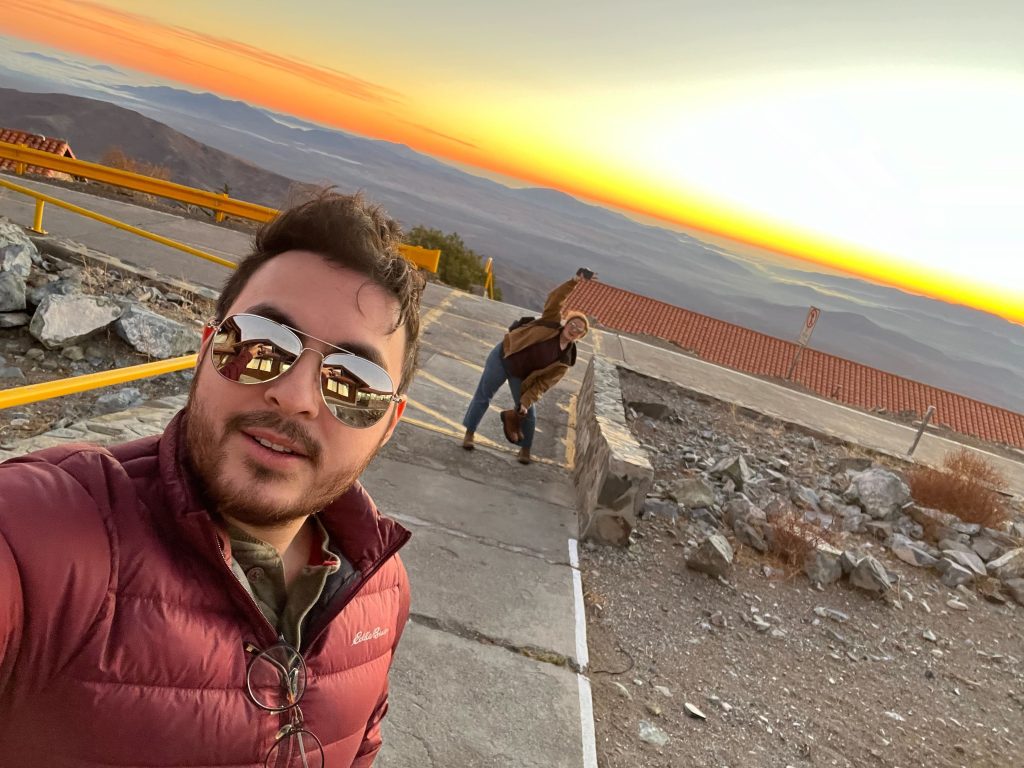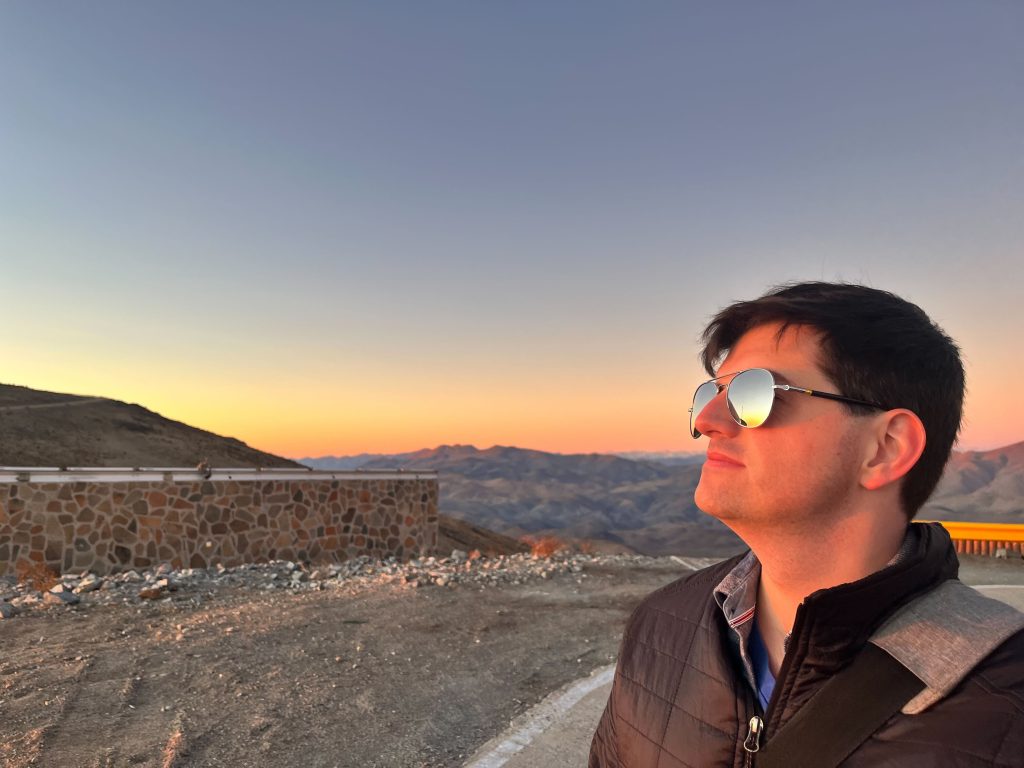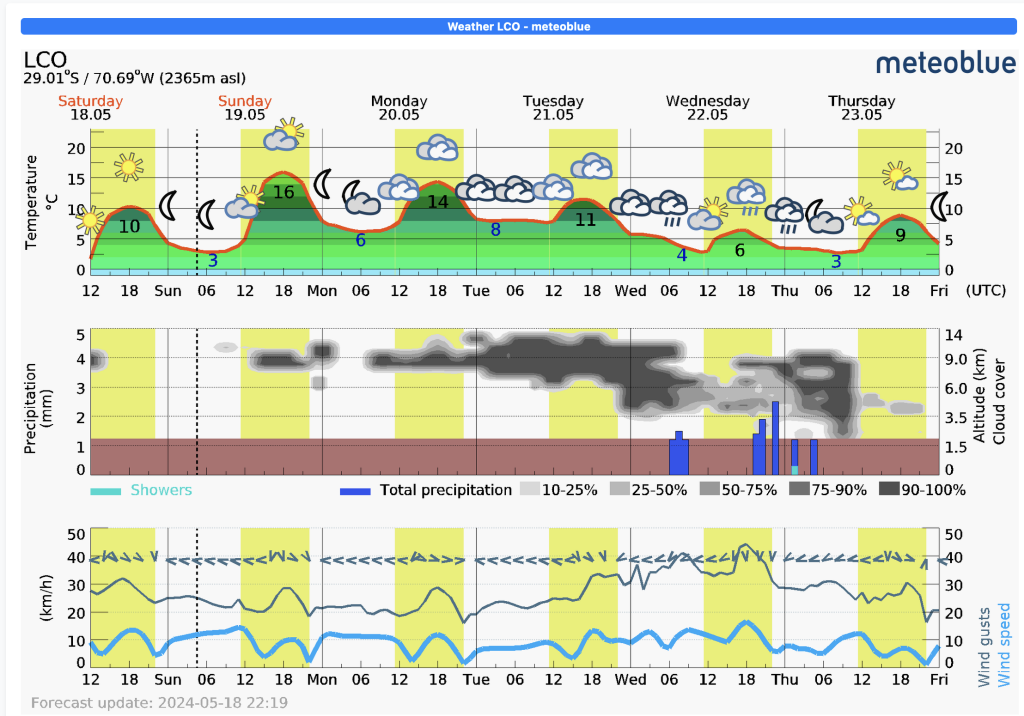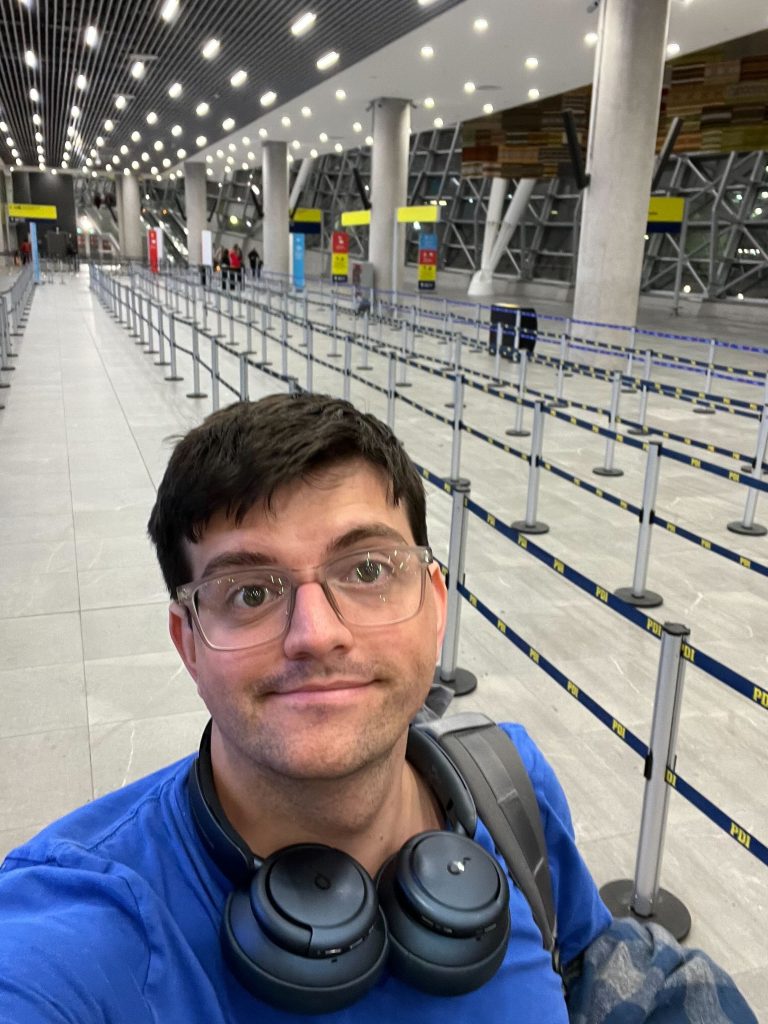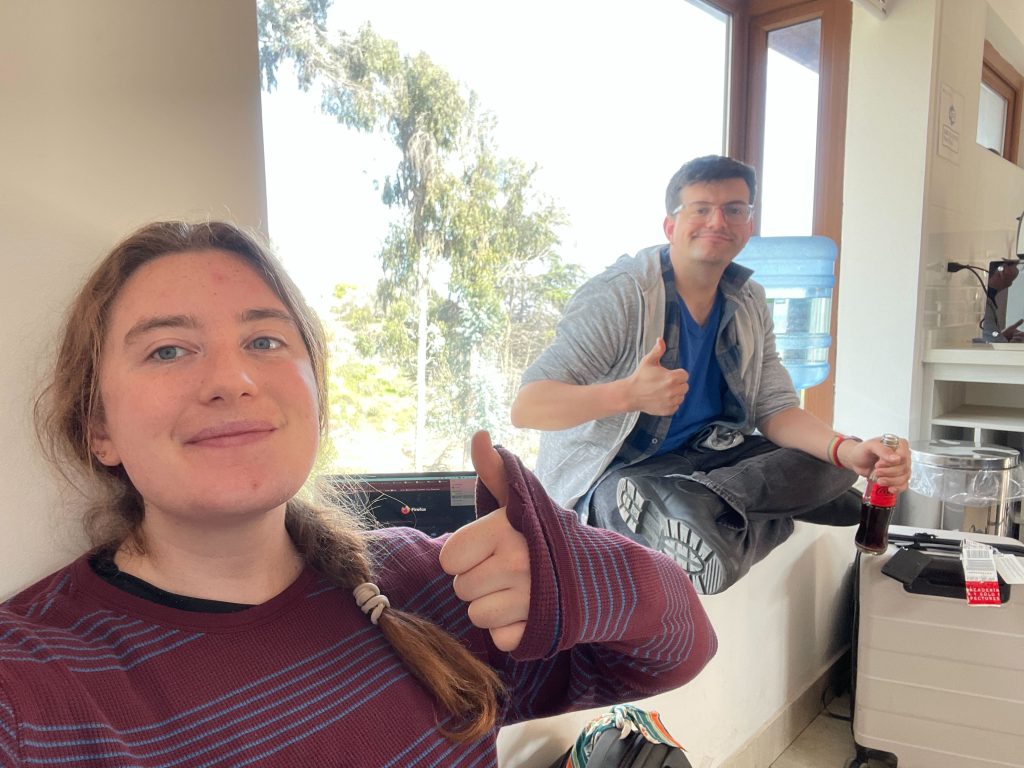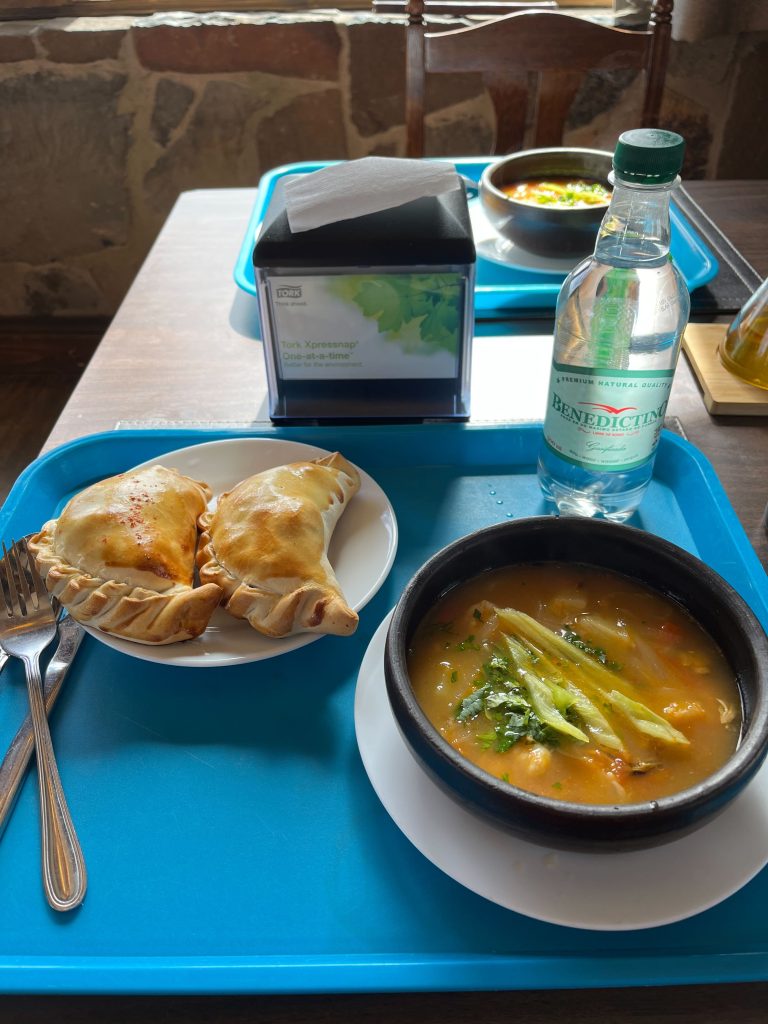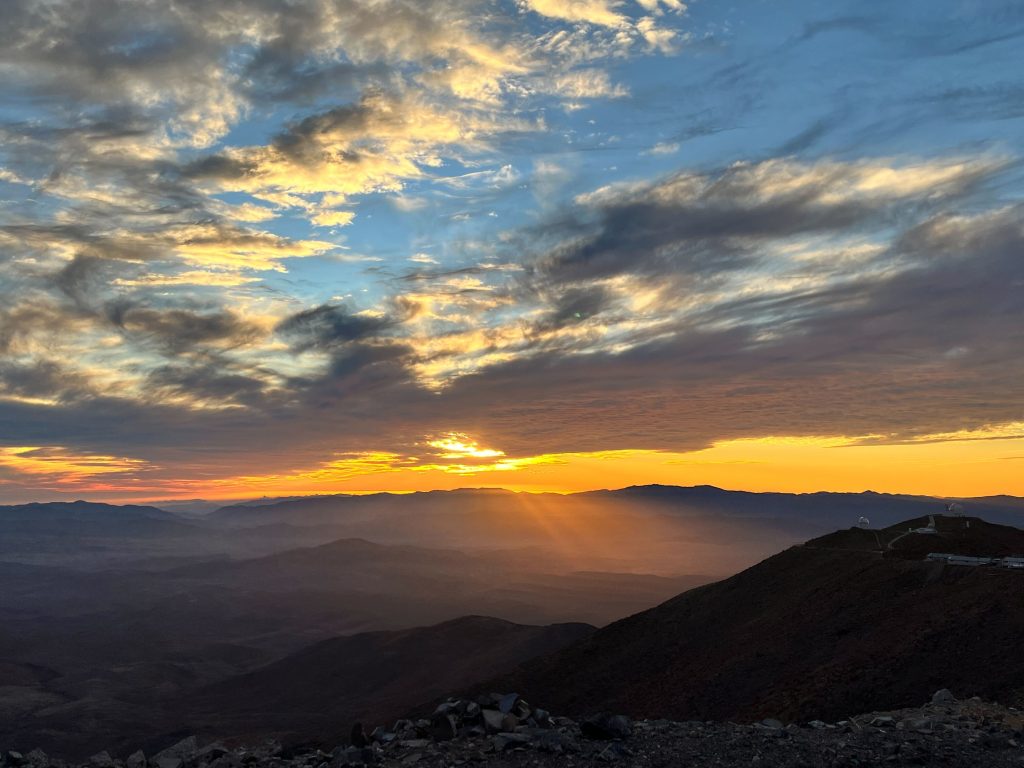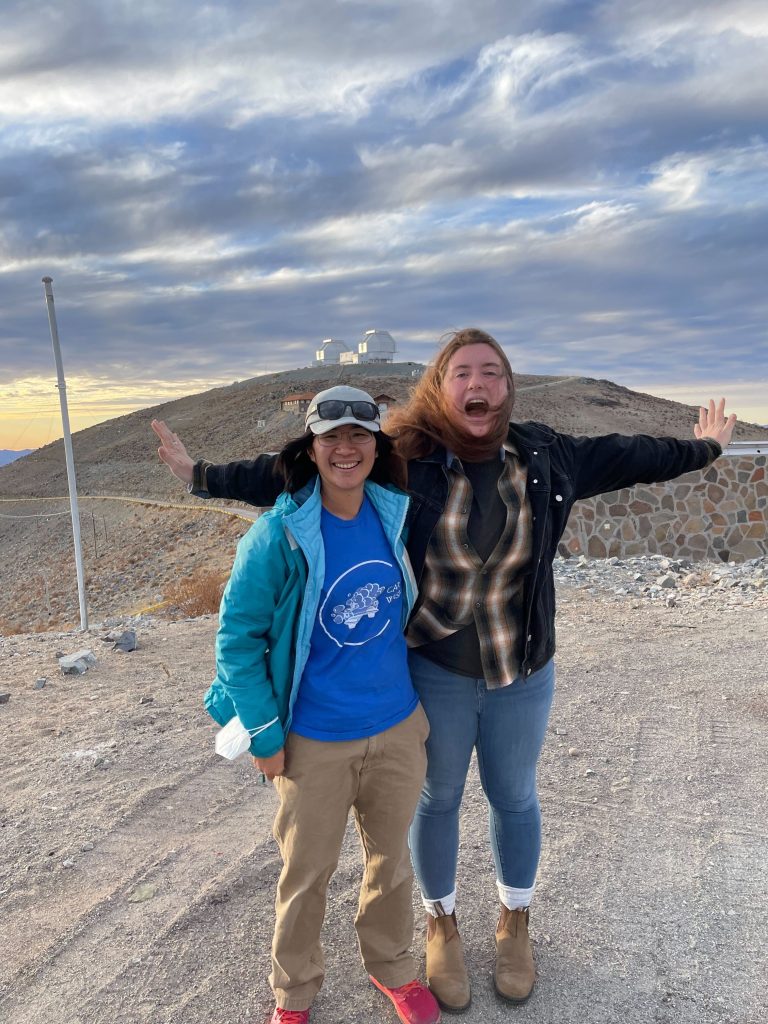For a little while in June, the gang was all back together for SPIE Tokyo. Almost felt like an observing run, but in Japan, and every telescope team you ever heard of was also having their reunions at the same time.
Here’s a round up of all the MagAO-X and friends talks, posters, and proceedings. (Check out Katie’s MAPS blogs for some of the real time updates during the conference.)
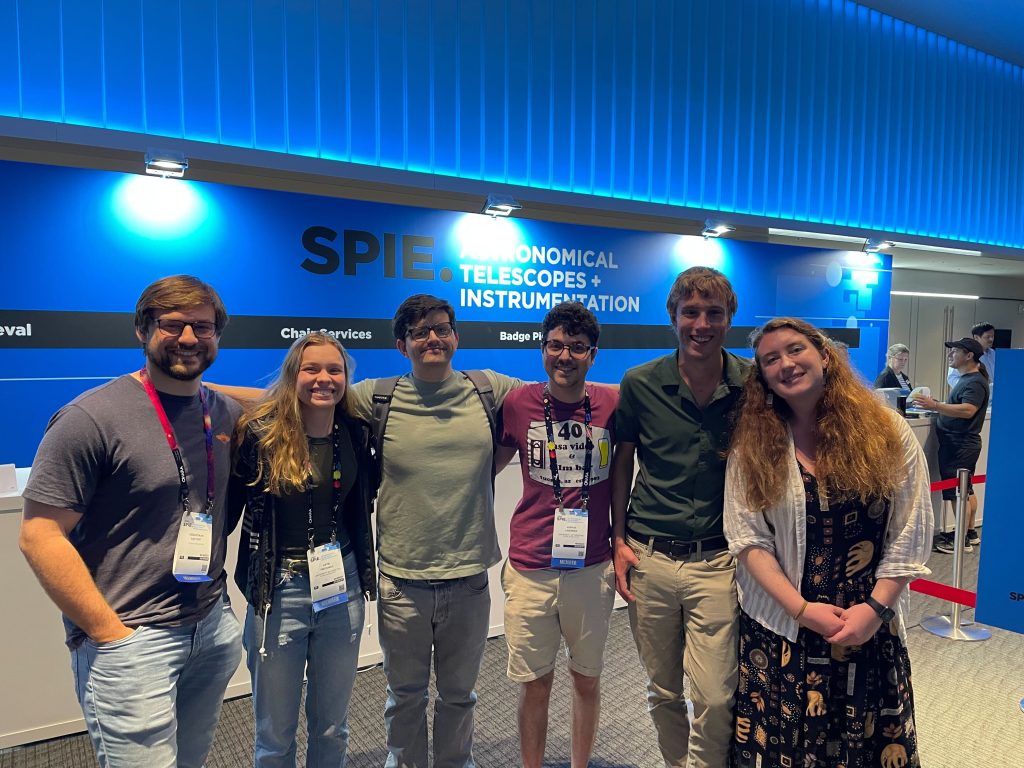
Our line up of MagAO-X talks:
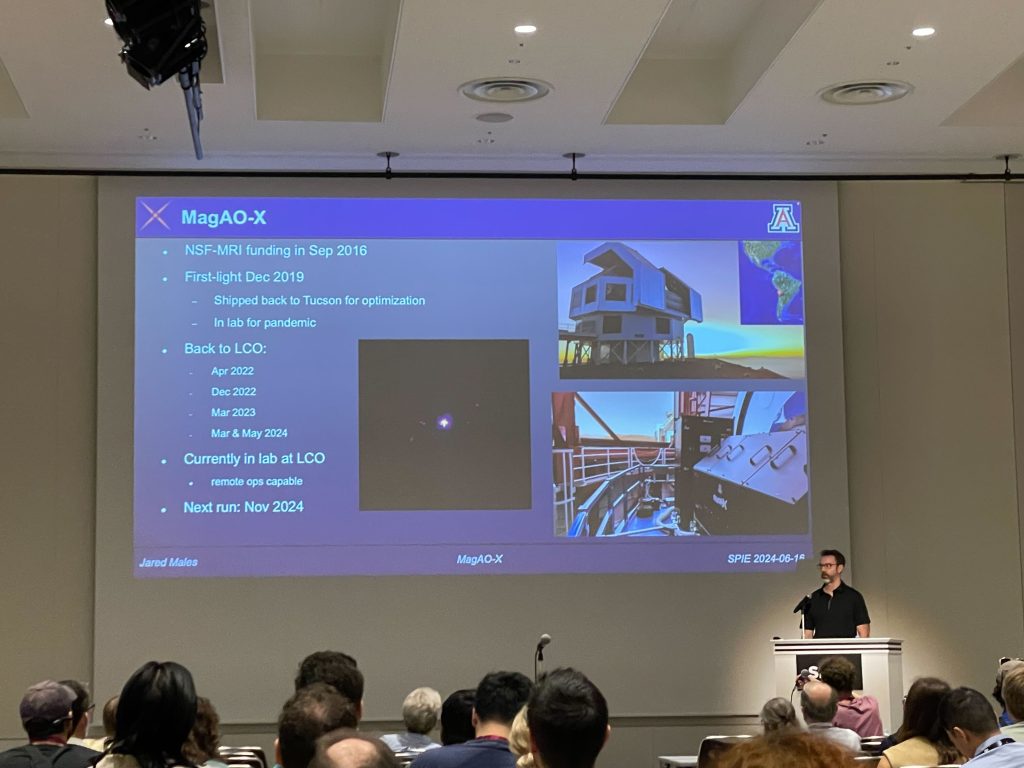
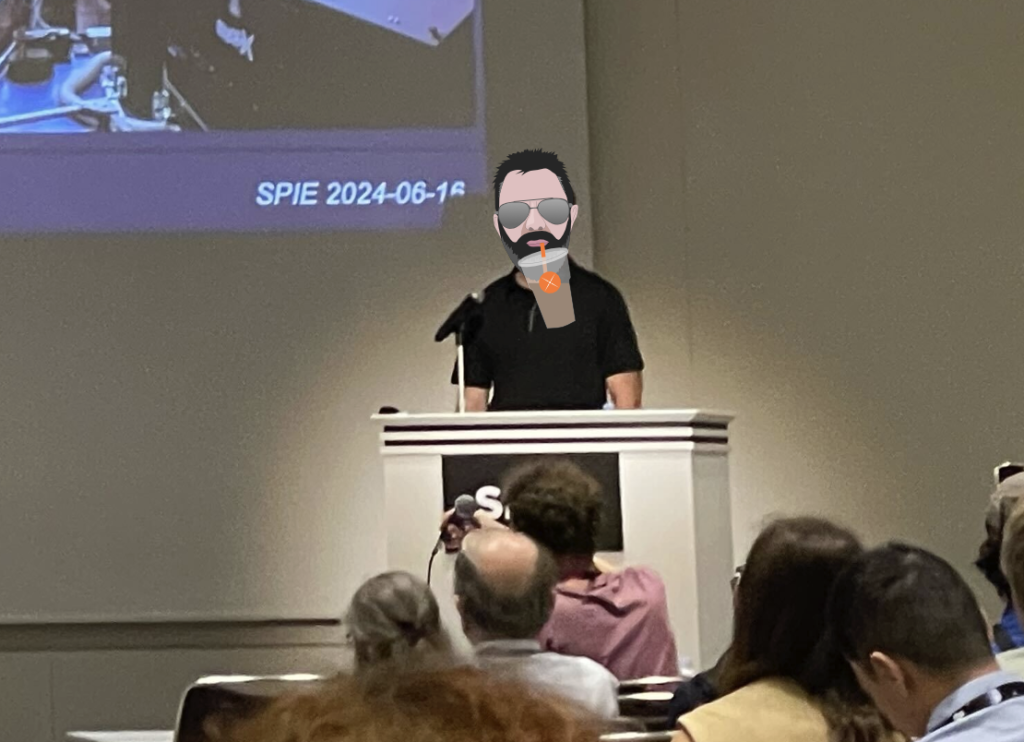
MagAO-X: Commissioning Results and Status of Ongoing Upgrades
arXiv:2407.13007 [pdf, html, other]

Not the proceeding, but some of the work done on this project can be found here:
Closed-loop demonstration of neural network wavefront reconstruction with MagAO-X
arXiv:2401.16325 [pdf, other]

Challenge of direct imaging of exoplanets within structures: disentangling real signal from point source from background light
arXiv:2407.13756 [pdf, html, other]

On-sky, real-time optical gain calibration on MagAO-X using incoherent speckles
arXiv:2407.13022 [pdf, html, other]
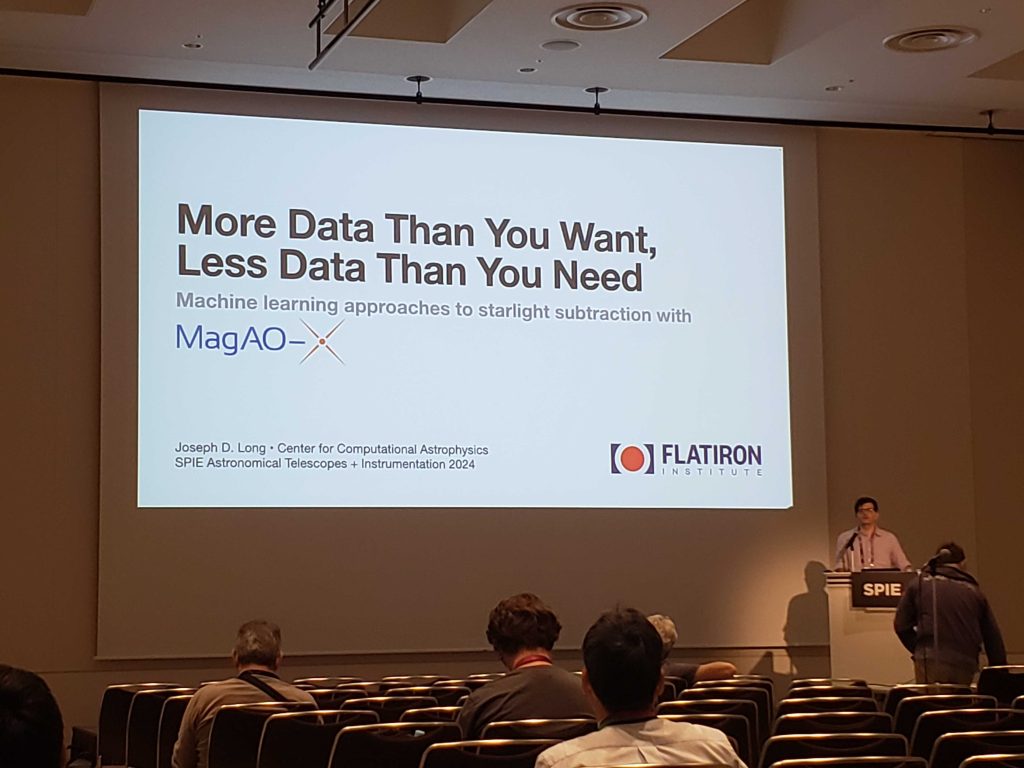
More data than you want, less data than you need: machine learning approaches to starlight subtraction with MagAO-X
arXiv:2407.13008 [pdf, html, other]
MagAO-X Posters:
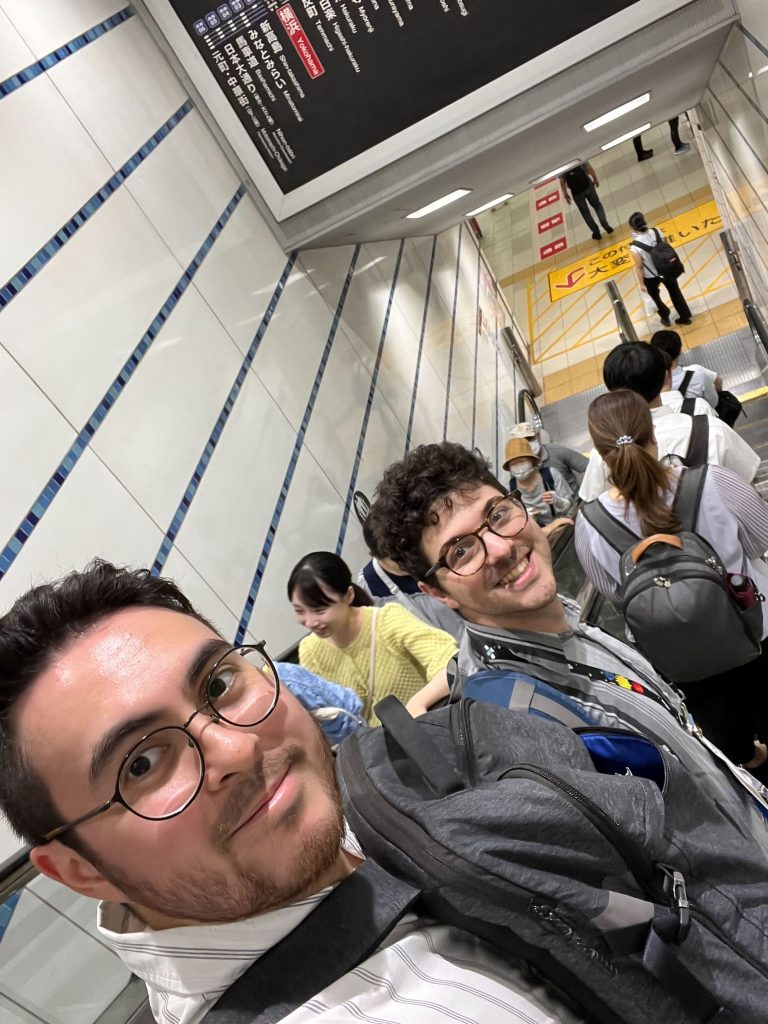
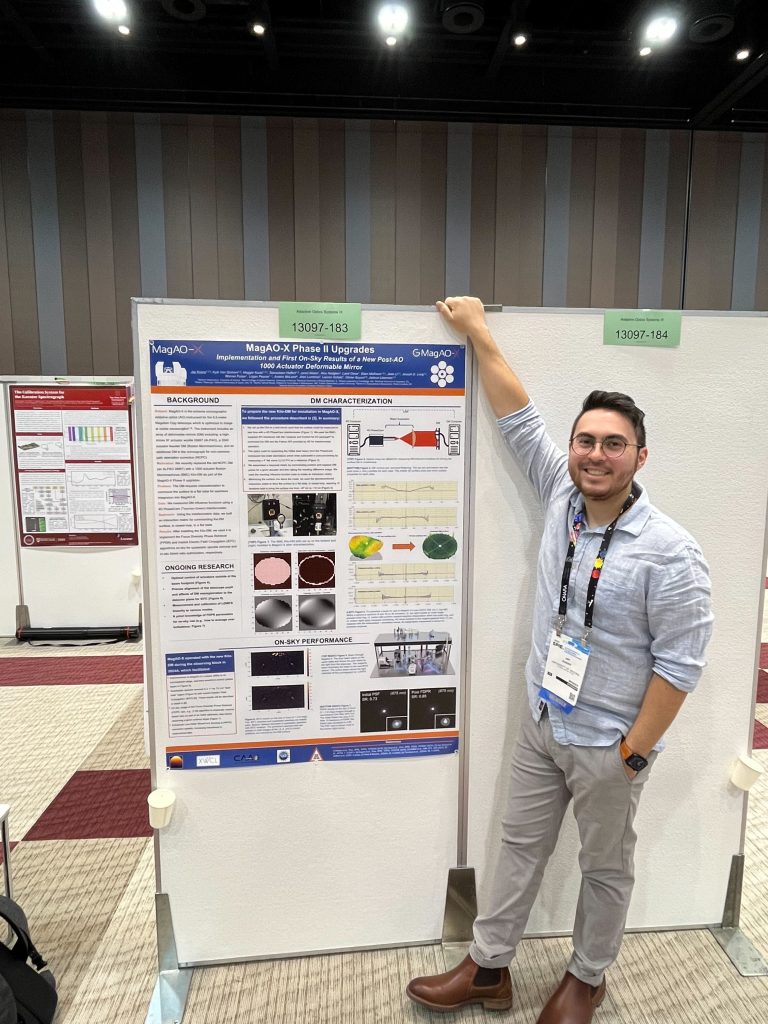
MagAO-X Phase II Upgrades: Implementation and First On-Sky Results of a New Post-AO 1000 Actuator Deformable Mirror
arXiv:2407.13019 [pdf, html, other]

Analyzing Misalignment Tolerances for Implicit Electric Field Conjugation
arXiv:2407.13199 [pdf, html, other]
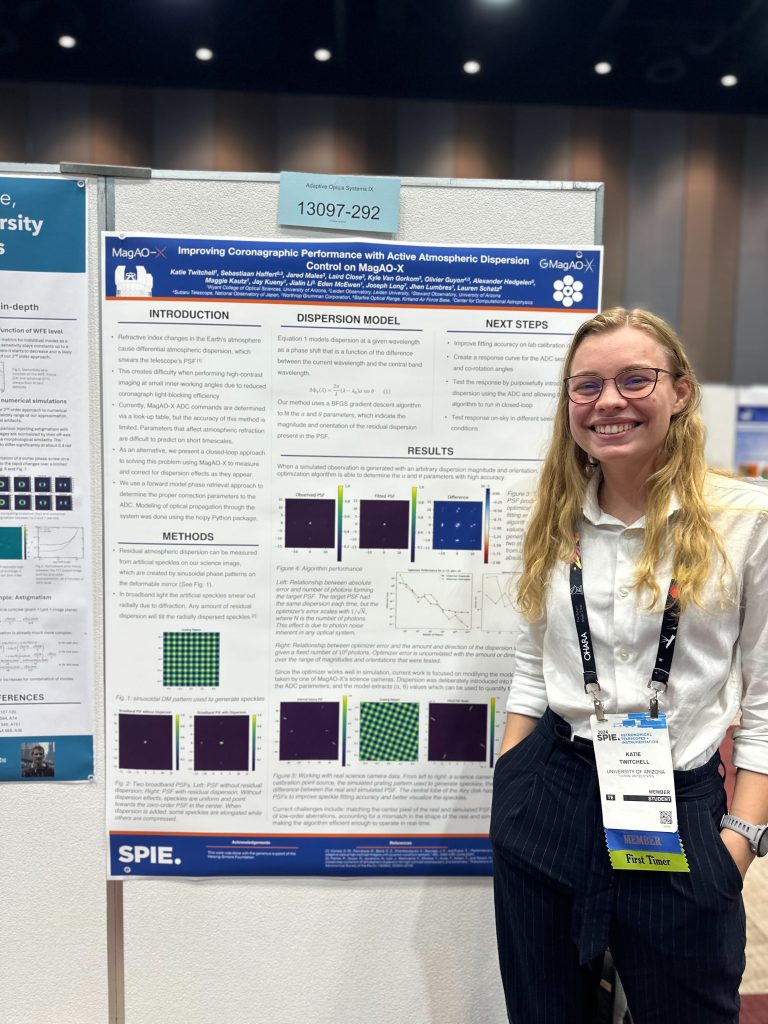
Improving coronagraphic performance with active atmospheric dispersion control on MagAO-X
Stay tuned for the proceeding!
GMagAO-X Presentations:
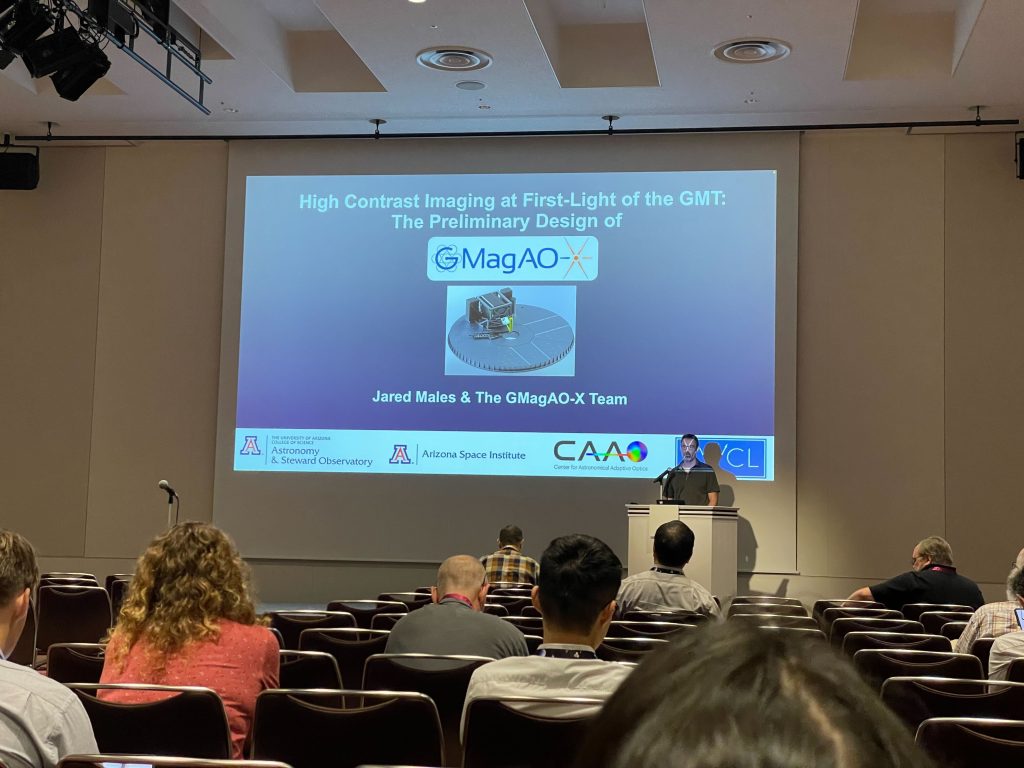
High-Contrast Imaging at First-Light of the GMT: The Preliminary Design of GMagAO-X
arXiv:2407.13014 [pdf, html, other]

High-contrast imaging at first-light of the GMT: The PDR optical and mechanical design for the GMagAO-X ExAO system and results from the HCAT testbed with an HDFS phased parallel DM prototype
Stay tuned for the proceeding!
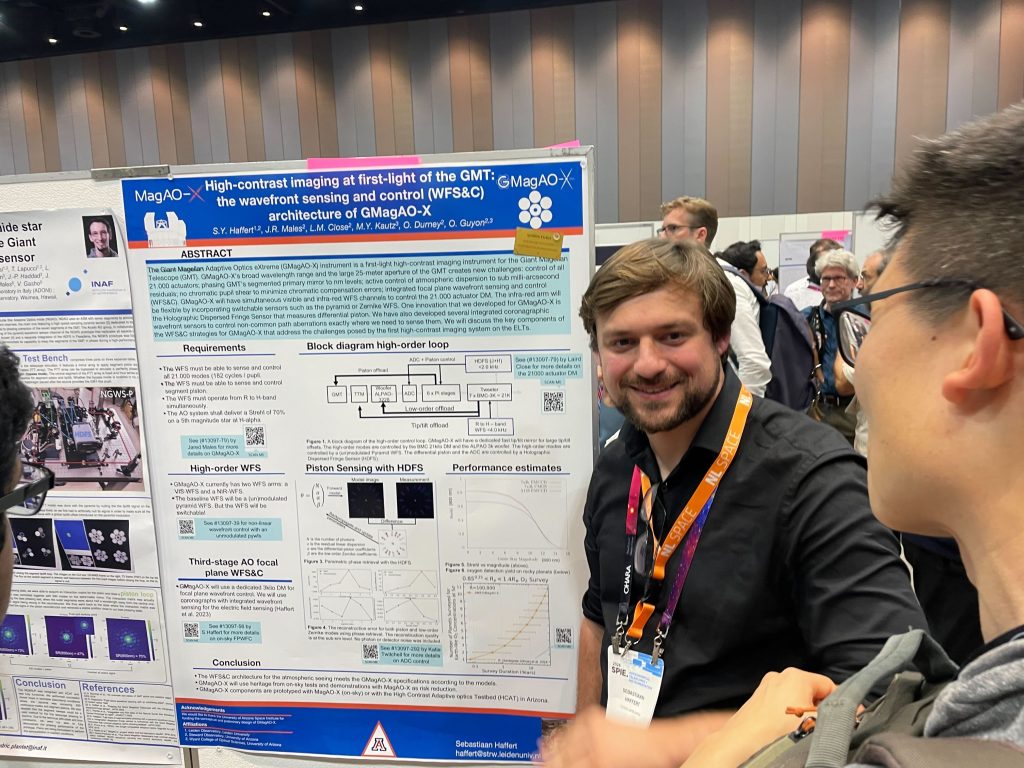
High-contrast imaging at first-light of the GMT: the wavefront sensing and control architecture of GMagAO-X
arXiv:2407.13021 [pdf, html, other]
Wait, what’s that Golden Ticket?
Did you see that, the golden ticket on Sebastiaan’s poster?
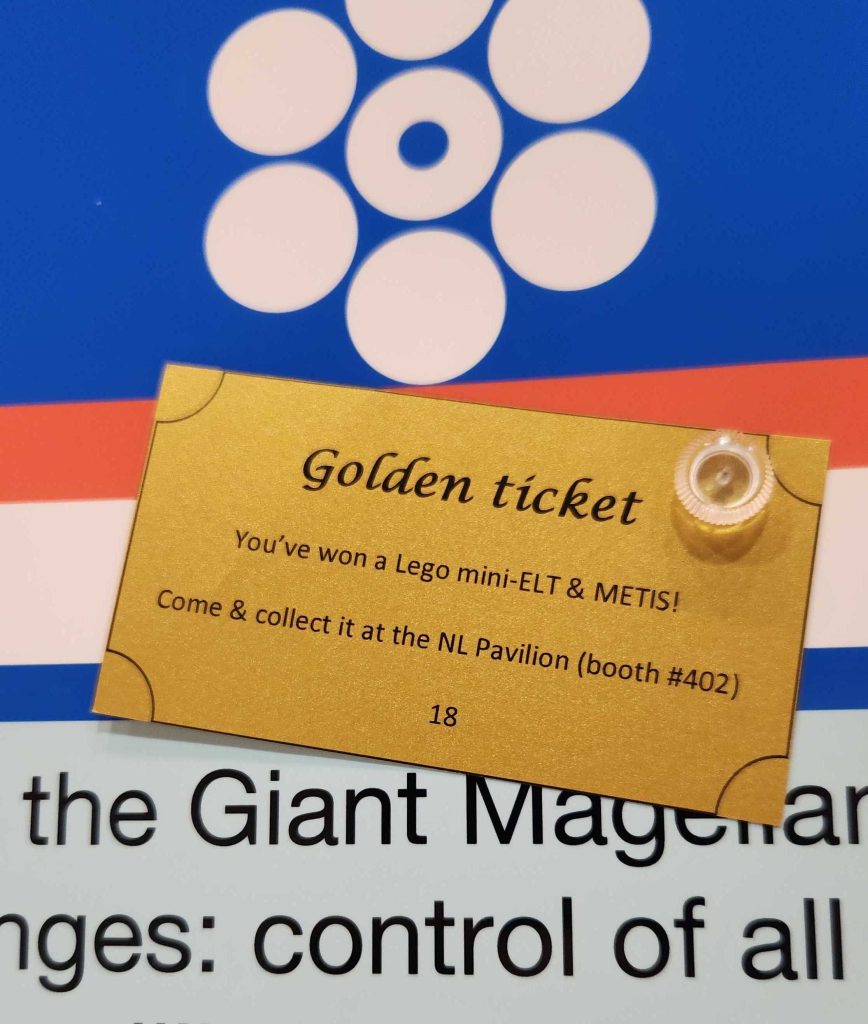
If you recall, the Dutch have a history of bringing out the Lego big guns for SPIE. (See: lego JWST at SPIE 2022). This year they’ve gone even bigger with scale Lego models of the ELT! But, instead of the first 200 interested parties, these were exclusively given out to participants with stunning social media posts. Or very good persuasion skills.
Turns out we had an in with a sympathetic ear. And I got to make up for my lack of Lego two years ago:

In a fairytale ending, the ELT has made it home to Tucson and is in good company with our GMT model.

& the MagAO-X Friends
Of course, we are lucky to also get to see our office neighbors and collaborators present at the conference too! We did not capture them all, but this is a conference that scientifically feels like home (maybe too literally).


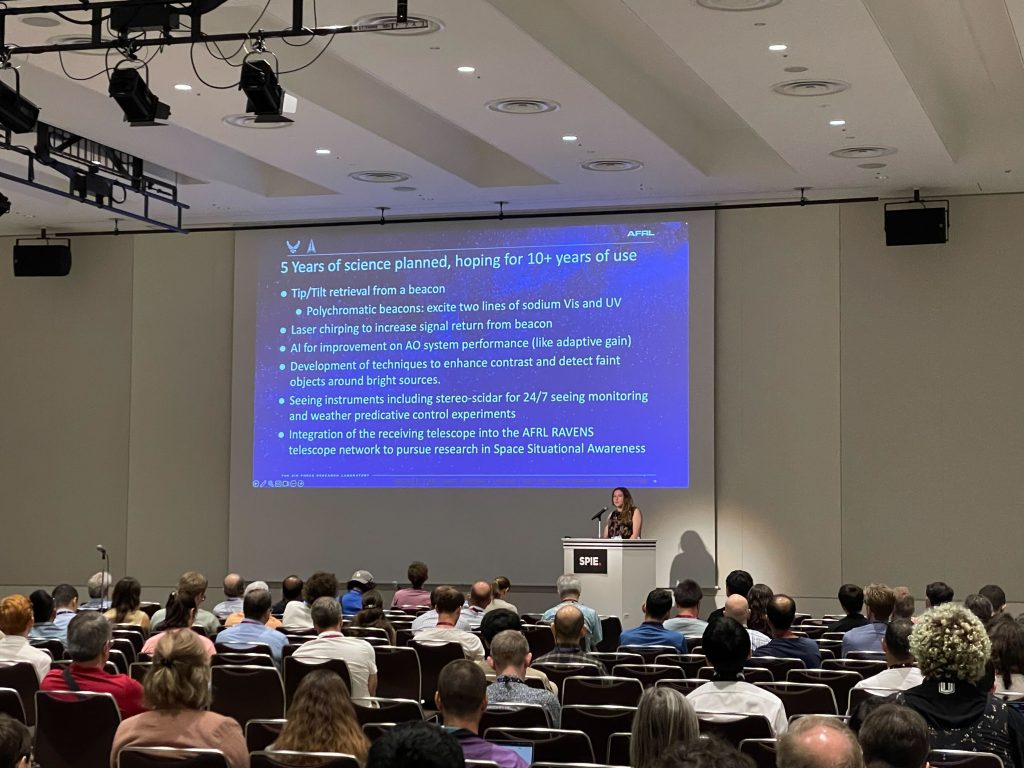
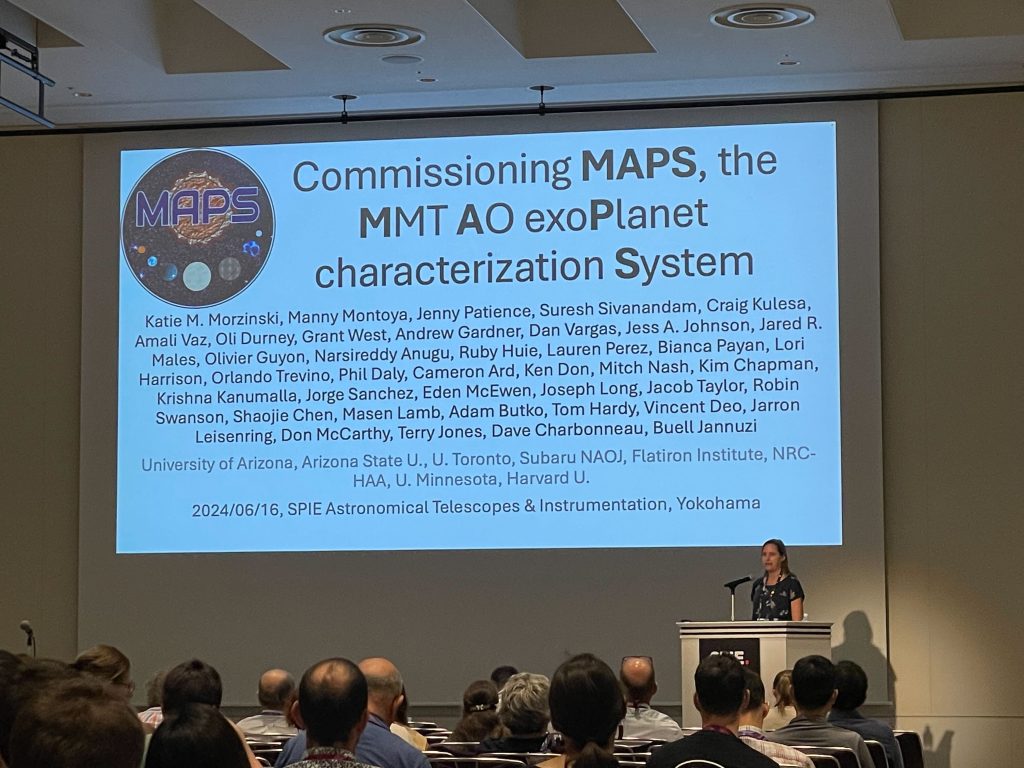
The End.
Cheers to a good conference and good work by our team!
